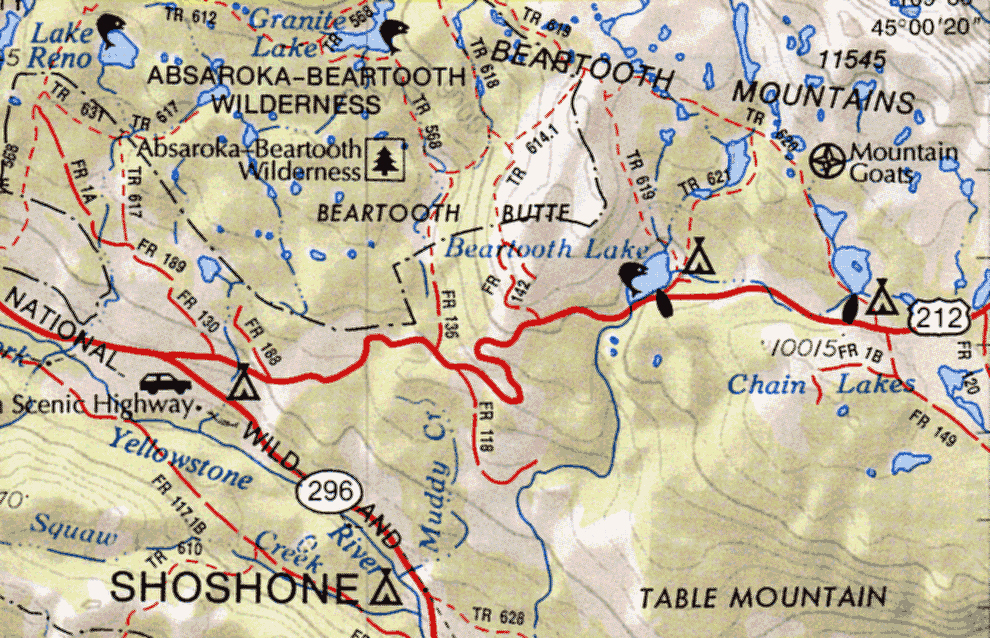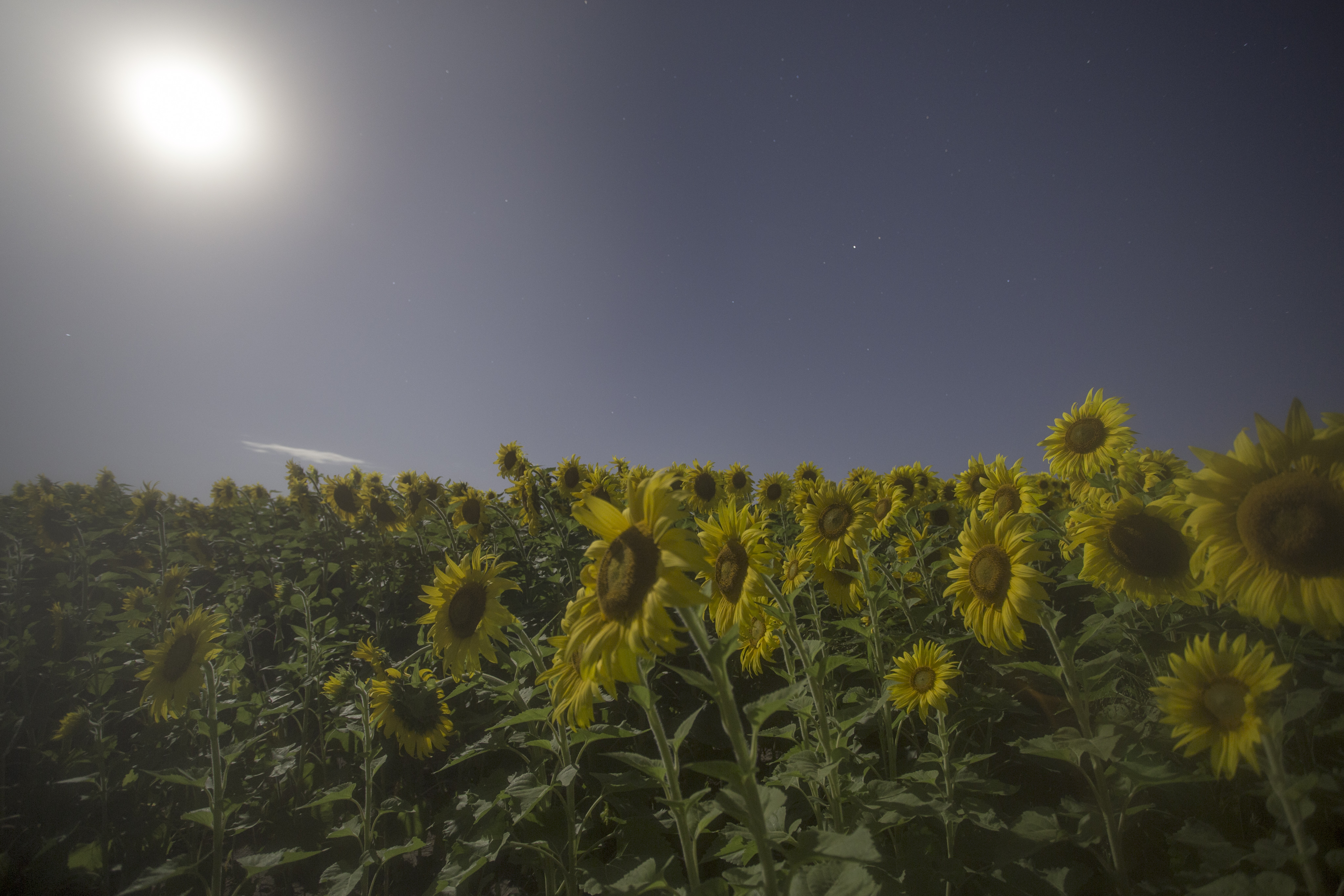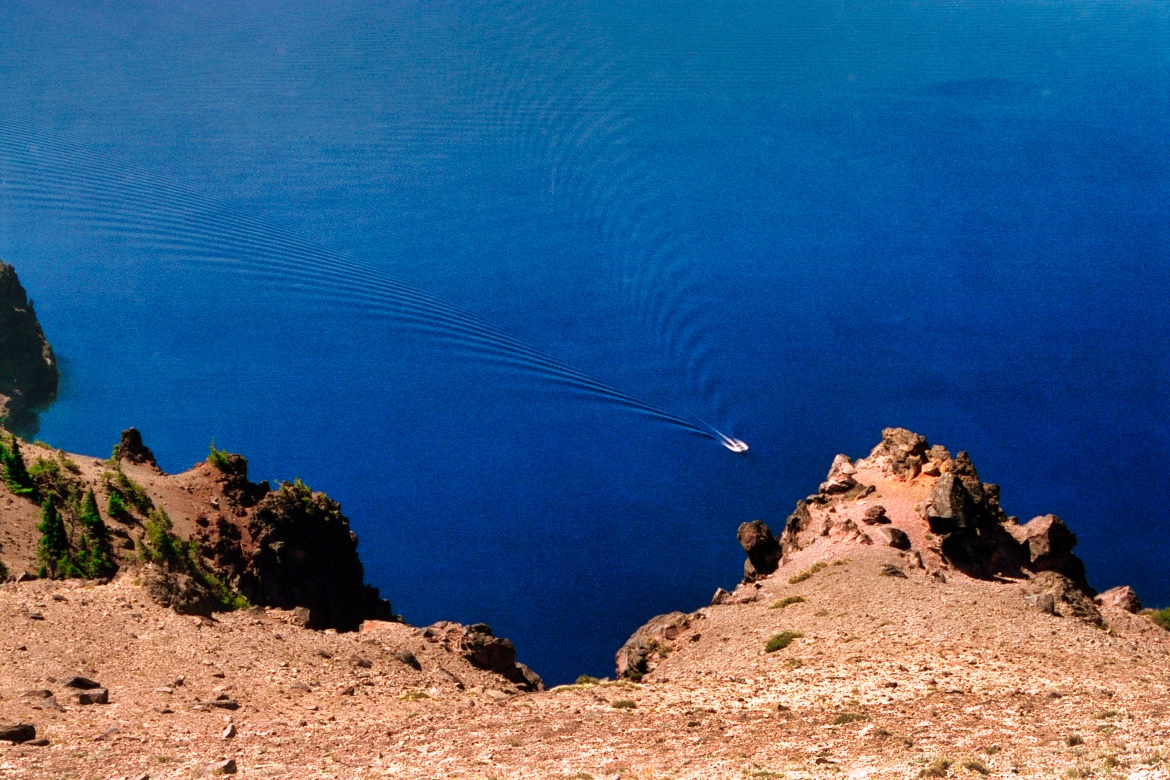Beartooth Café in Cooke City Montana, just over the border as the road wanders north out of Wyoming, has good food, good music, and an outdoor porch. Have I been here before? The owners tell me that the lakes shown on my map really are near the top of the pass, Island Lake is a bit higher, more open than the others. Expect it to be cold and windy. I’d like to linger at this cozy and quaint oasis, but I’m also eager to reconnoiter my nighttime possibilities while there’s still daylight.
As I drive along the road through the rich forests, the traffic is sparse, but what there is of it is likely to be hauling a boat. Of course! There are lakes up this road, probably lakes stocked with fish! Yes, there are other reasons to find alpine lakes other than to take nighttime pictures of them.
I think about how this hobby of mine, taking pictures of the night sky and the treasures it contains, is considered by some to be rather odd, esoteric, even arcane perhaps. And after hearing about some of the requirements to pursue it, the complex equipment, the late-night outings, the uncontrolled consequences of weather, those opinions are sometimes revised to deem the hobby “extreme”.
Yet taking astrophotos of deep sky objects is really a lot like fishing! At least so I am told, I don’t do very much fishing– no, I don’t do any fishing. But I understand the sport of fishing involves much equipment, sometimes big equipment: boats, motors, trailers and hitches. And also very specialized pieces of gear: rods, reels, line, nets, bait, lures, and dozens of other gadgets only an avid fisherman could identify. A fisherman’s tackle box is an intricate collection of hooks, leaders, sinkers, bobbers, patented lures, secret bait recipes, and artificial delicacies designed to appeal to Piscean palates. And for some, the additional provisions for human sustenance during the fishing trip are more important than the fishing itself.
And there are a corresponding array of activities involved: traveling to a remote location, getting a boat loaded and launched, finding the right spot, that perfect fishing hole, preparing your line and bait, and when you finally get it all together and the fishhook is actually in the water, maybe there’s a period of time when you’re sitting around waiting for a bite.
This is essentially identical with the features of astrophotography. The large equipment: mounts, tripods, telescopes, power supplies, and the specialized gear of eyepieces, filters, camera backs, guiding mechanisms, all has to be transported to a remote location and set up, balanced, polar aligned, aimed, focused. When the shutter is actually opened, there is a moment of calm, a brief rest after the busy preparations for taking the picture.
Both activities are outdoors, just at different positions with respect to the sun. Both require clothing and preparations for weather and sometimes harsh conditions. Both are subject to big setbacks, and “the one that got away” (I can’t believe there wasn’t film in that camera!) Yes, astrophotography is fishing, but we are catching photons, not fish.






